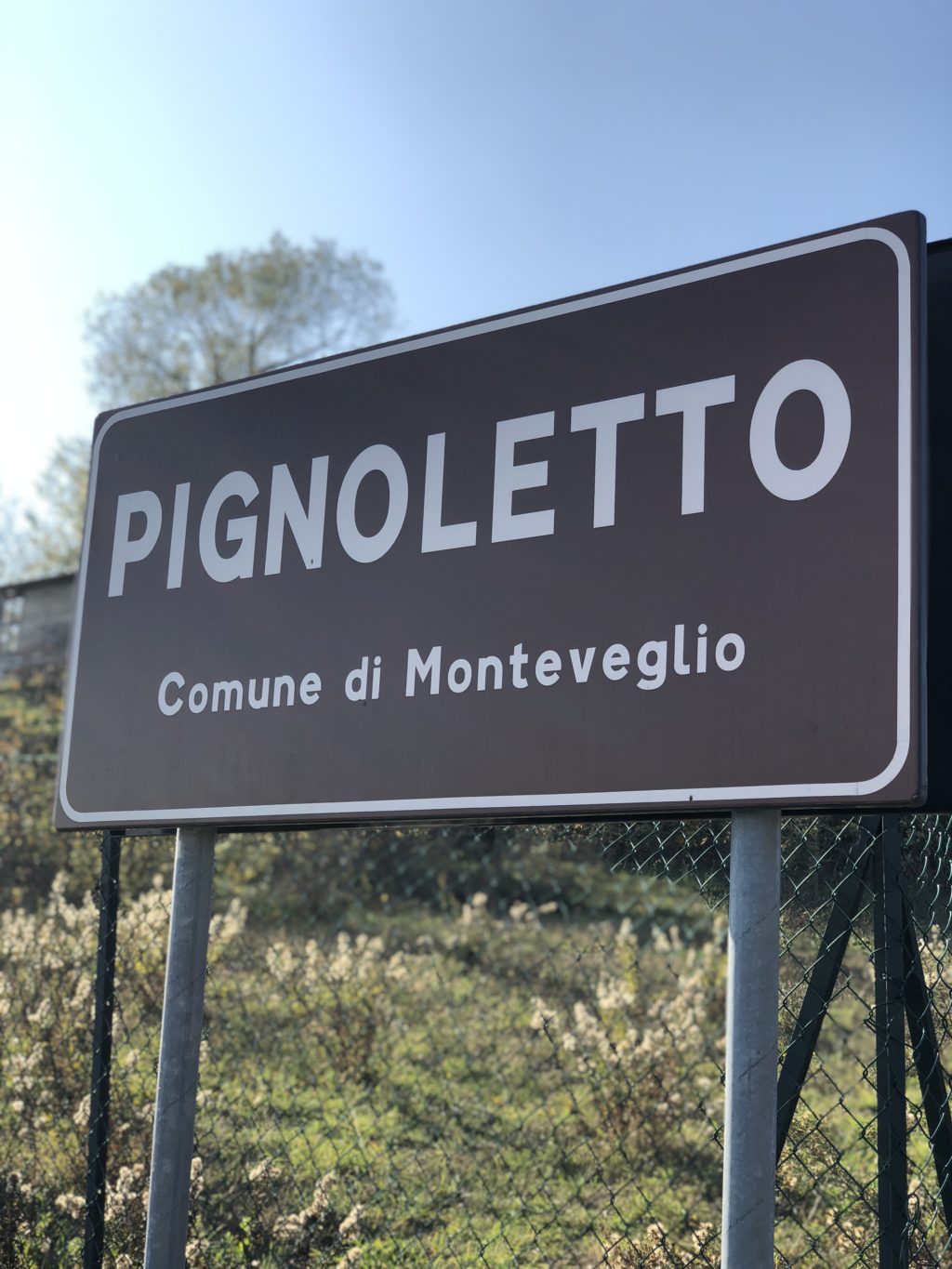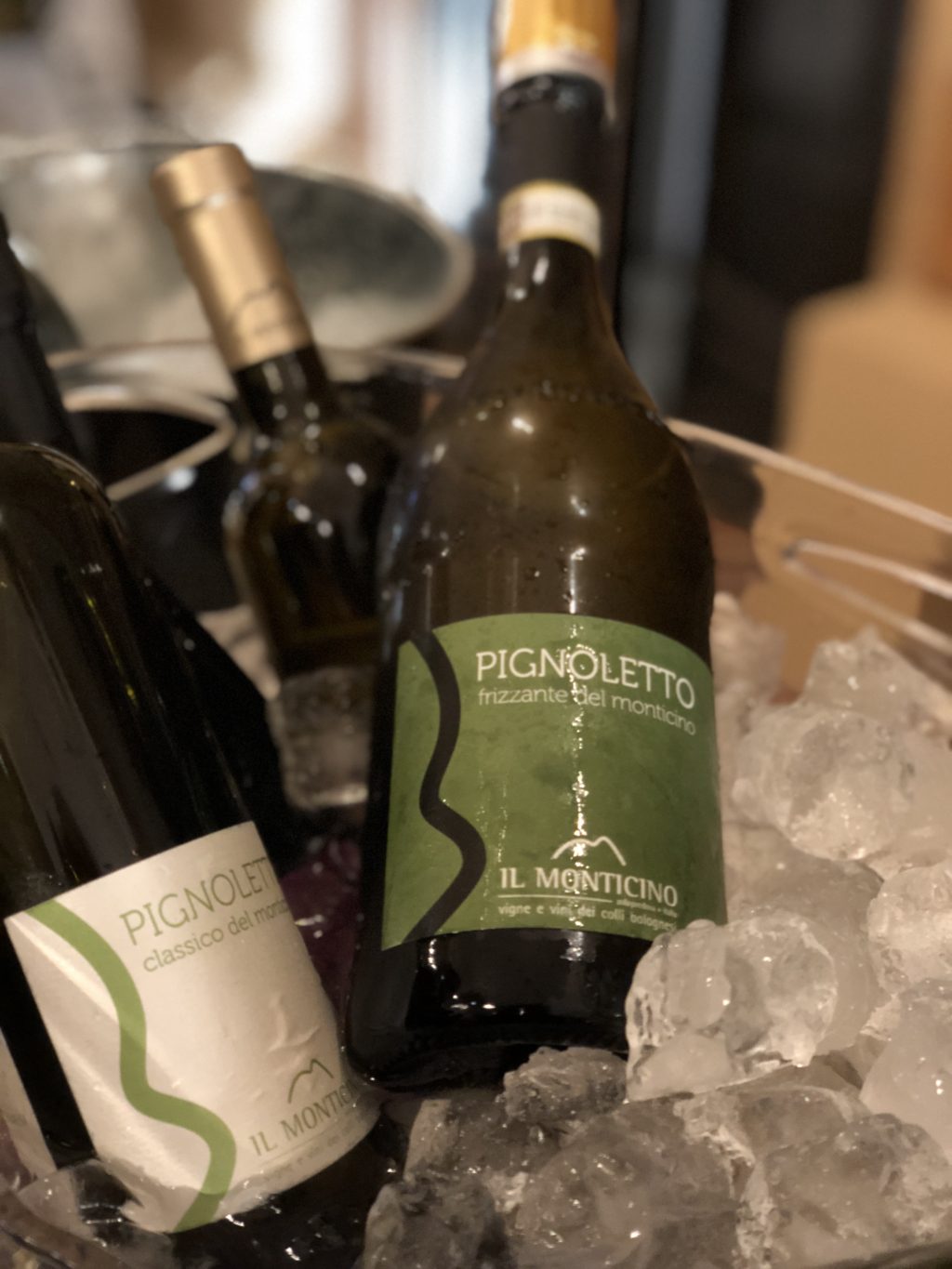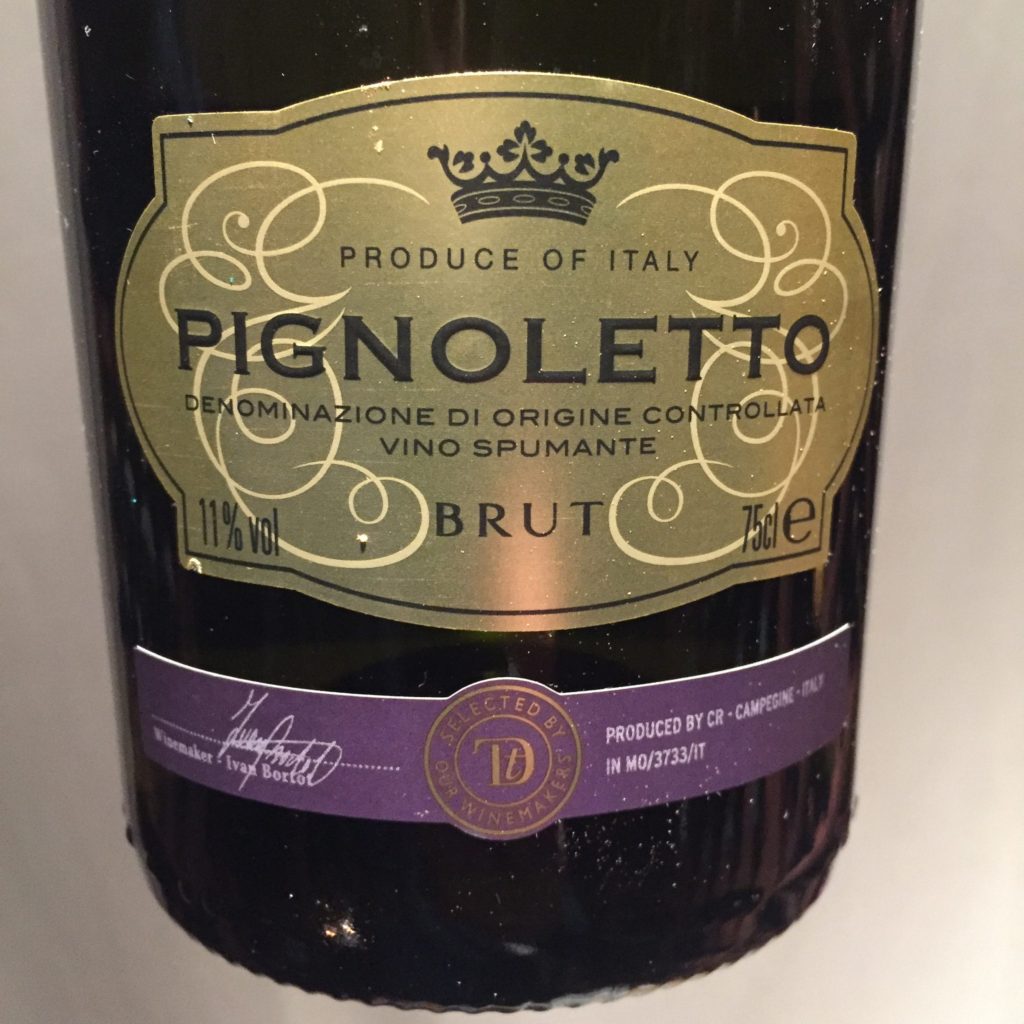
Pignoletto: could it burst Prosecco’s bubble?
This is a version of a piece I’ve written for The Buyer, focused on the premium on trade, which I have re-versioned with some stockist suggestions if you haven’t yet tried it …
Renowned for its rich, often decadent contribution to Italy’s illustrious food culture, Bologna could soon find itself just as famous for its signature sparkling wine.
Pignoletto might not trip off the tongue in the way that Prosecco does, but the global appetite for affordable sparkling wines, coupled with what is almost certainly a superior grape variety, suggest that it soon might.
Pignoletto is actually Grechetto Gentile …
Just as most people think of Prosecco – rather than Glera, its grape variety – Pignoletto is actually Grechetto Gentile – also known locally as Alionzina, just to add to the confusion. Pignoletto takes its name from ‘Pigna’, the Italian for pine cone, on account of its small, tight grape clusters, and – unlike Glera – it also produces some distinctive still wines.

With the snow-capped mountains of the Apennines in the far distance, the small village that bears the name Pignoletto is surrounded by 1500 hectares of rolling hills that form a wider DOC, with a smaller DOCG at its heart. Altitudes range from 150 to 600 metres and steep slopes of limestone tear away from the winding roads that link its small settlements. Alongside the vines, there are pastures for livestock, with heavy clay in evidence everywhere.
The hills around Bologna are part of the wider Emilia Romagna region, which follows the course of a Roman road, linking the Adriatic coast at Rimini with the ancient city of Piacenza, near the border with Liguria. The Via Emilia’s wine map carves its own distinctive path: Sangiovese and Albana dominate the East, while the, often wildly different, sub-varieties of Lambrusco are in the West. Pignoletto sits in the middle, as Bologna’s beacon.

The ‘Consorzio Vini Colli Bolognesi’ was established in 1971 and boasts an eclectic membership, ranging from small artisanal growers in the DOCG, to four huge wineries that together make 90% of the DOC’s wines, including Cantina Riunite, which makes Sainsbury’s Taste the Difference Pignoletto Brut (£9, but currently £7.50 on promotion).
Pignoletto remains David to Prosecco’s Goliath …
As if Pignoletto didn’t dominate the region already, the Colli Bolognesi’s growers are staking their future on the world’s love affair with affordable sparking wines, converting a further 400 hectares to Grechetto Gentile, which should result in a production increase approaching 40%.
Yet, despite all this, Pignoletto remains David to Prosecco’s Goliath. Output, at around 11 million bottles per year, pales by comparison with the 400 plus million produced by its bigger rival.
So could it burst Prosecco’s bubble?
The Colli Bolognesi’s charismatic President Francesco Cavazza Isolani acknowledges that Prosecco has become “a shorthand, for sparkling wine”. He insists “Pignoletto is not going to threaten the Prosecco market, merely tickle it” and insists his fellow producers are “not direct competitors”. However he can’t resist a gentle dig, pointing out, “You don’t find Glera as a still wine. Pignoletto lends itself to this. It is better grape variety in the mouth, with greater length”.

So how does Pignoletto measure up, as Prosecco’s precocious cousin? Well, having tasted around forty different Pignoletti, I definitely prefer it. For a start, it has a different feel; almost 80% of Pignoletto is frizzante, rather than spumante, so there’s lower bar pressure in the bottle, meaning slightly fewer, rounder, frothier bubbles. This pressure level suits Pignoletto, better than it suits its bigger rival. On the nose, it’s similar: gently perfumed, with jasmine blossom and delicate peach aromas. In the mouth, it’s a little drier than Prosecco, with relatively simple citrus and green apple flavours and a slightly longer finish.
Almost all Pignoletto is Charmat method …
Almost all Pignoletto is Charmat method (the Italians prefer to say Martinotti), which means it has its second fermentation in a pressurised tank, rather than in individual bottles, as ‘Traditional (Champagne) Method’ does. This means there isn’t the ‘autolytic’ biscuit character you get from the latter. It’s a different drink really, but if you like Prosecco and fancy something, err slightly fancier, then this is for you.
 Best
Bestbuy
Just as it’s the ‘col fondo’ producers, who do interesting things with Prosecco, it’s the region’s artisanal winemakers who are laying down a marker for Pignoletto’s future too, offering so-called ‘Pet Nat’ (pétillant natural) alternatives that are interesting, dynamic and different.
The most exciting wine I tried on my visit was from Vigneto San Vito’s Federico Orsi, who uses his Grandfather’s techniques to produce a delicious biodynamic, ancestral-method gem, which goes through its second fermentation, spontaneously, and then remains undisgorged. Orsi Pignoletto Frizzante (£21, Noble Fine Liquour, Broadway Market, E8) is a wonderful, gently sparkling, yeasty citrus feast. Before opening, the bottle needs a quick upside-down turn to give it the cloudy look it loves.
The Colli Bolognese is keen to develop these different, ancestral, non-interventionist styles, encouraging more experimentation from its members.
So could Pignoletto one day trip off our tongues as Prosecco does now? The President believes it’s only a matter of time: “We all know Prosecco, Franciacorta is increasingly well known, Pignoletto is still being understood”.